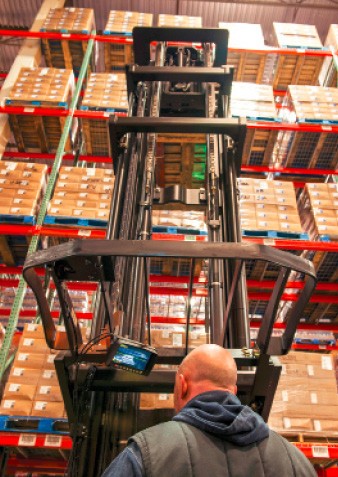
December 21, 2016
ForkLift Tips: Reducing the capacity for risk


December 21, 2016

Safety has always been a top priority for employers and employees, but there are only so many ways to mitigate risk, especially in physical, fast-paced and equipment-intensive environments. Solution providers have continued to innovate, aided by smart and connected technologies. However, amid all the high-tech ways to safeguard forklift operators and those around them, a few of the basics are often overlooked.
According to Scott McLeod, president of Fleetman Consulting, an independent forklift fleet management and procurement consulting company, even something as common as forklift attachments can be a source of danger. All safety authority bodies governing the use of forklifts in the workplace require the forklift’s capacity data plate to be accurate and representative of how the forklift is configured, including any applicable attachment. In practice, that is not always the case.
“It’s a big area of neglect, and we’re running into it constantly,” McLeod says. “Some companies properly update capacities, some do it sometimes, and some just plain don’t do it.” When a piece of equipment is fitted with any attachment other than what it had when it was made, the dealer or installer is obligated to send the engineering data of that attachment to the forklift manufacturer, who in turn is required to send an updated capacity data plate back to the dealer for installation onto the forklift before it is put back into service. This doesn’t always happen, but McLeod suggests failure to update these plates isn’t always a result of purposeful neglect. “Particularly when a company has a large fleet with their own maintenance staff, they might not know this needs to be done,” he says. “They might bring in a rental, pull the attachment off their own forklift and quickly install it on a rental to keep production moving. Nobody thinks to change the capacity plate.”